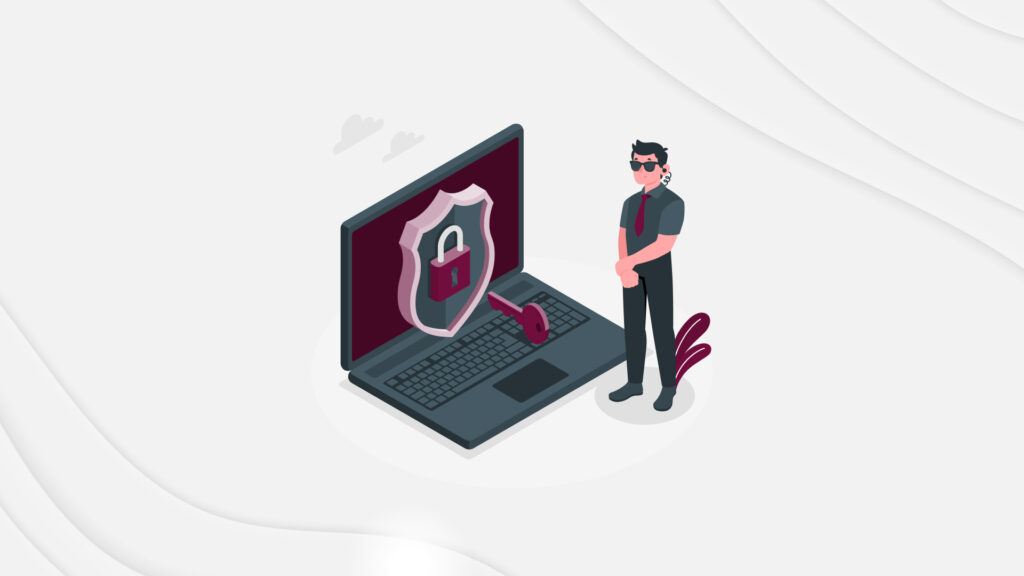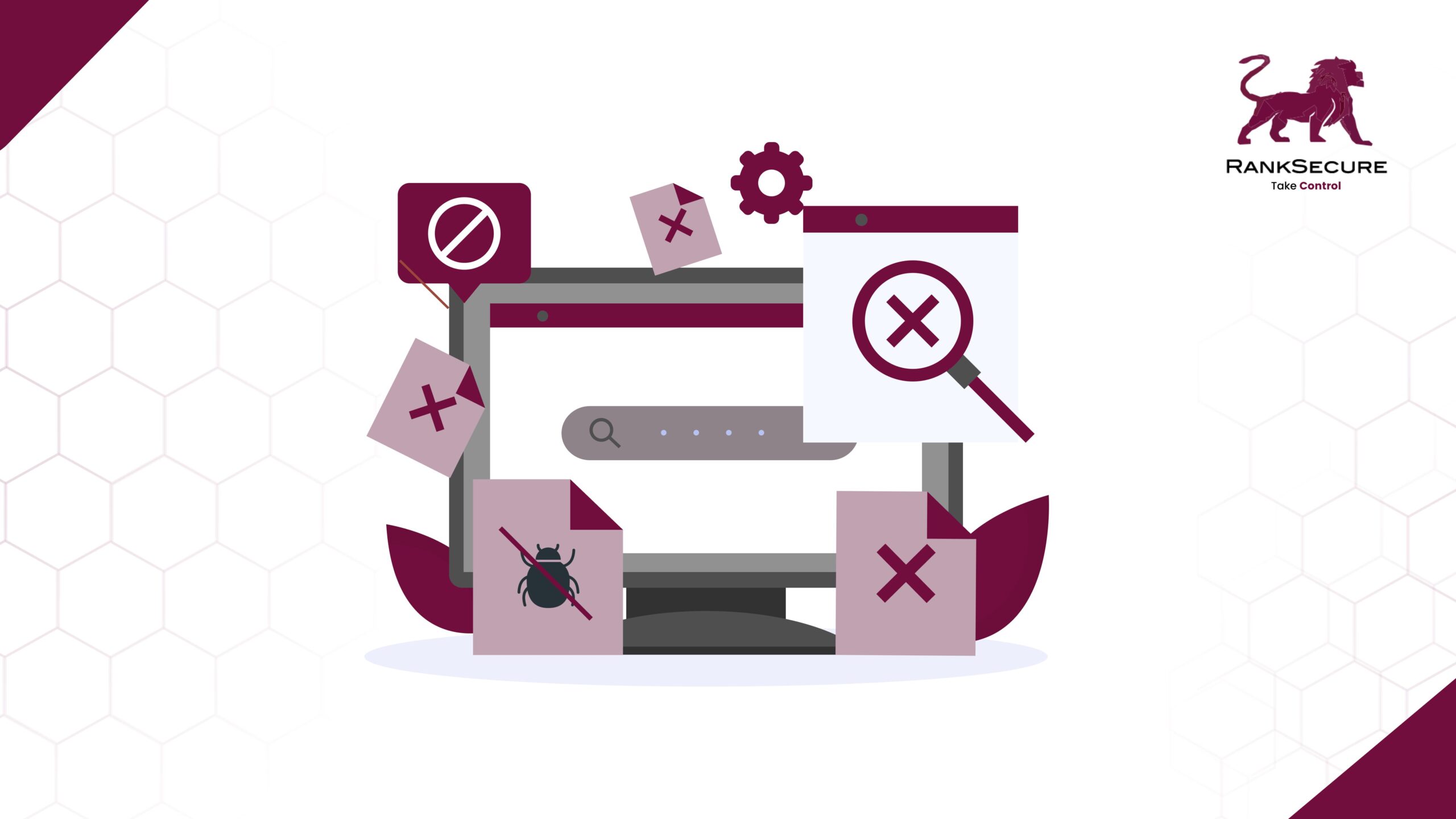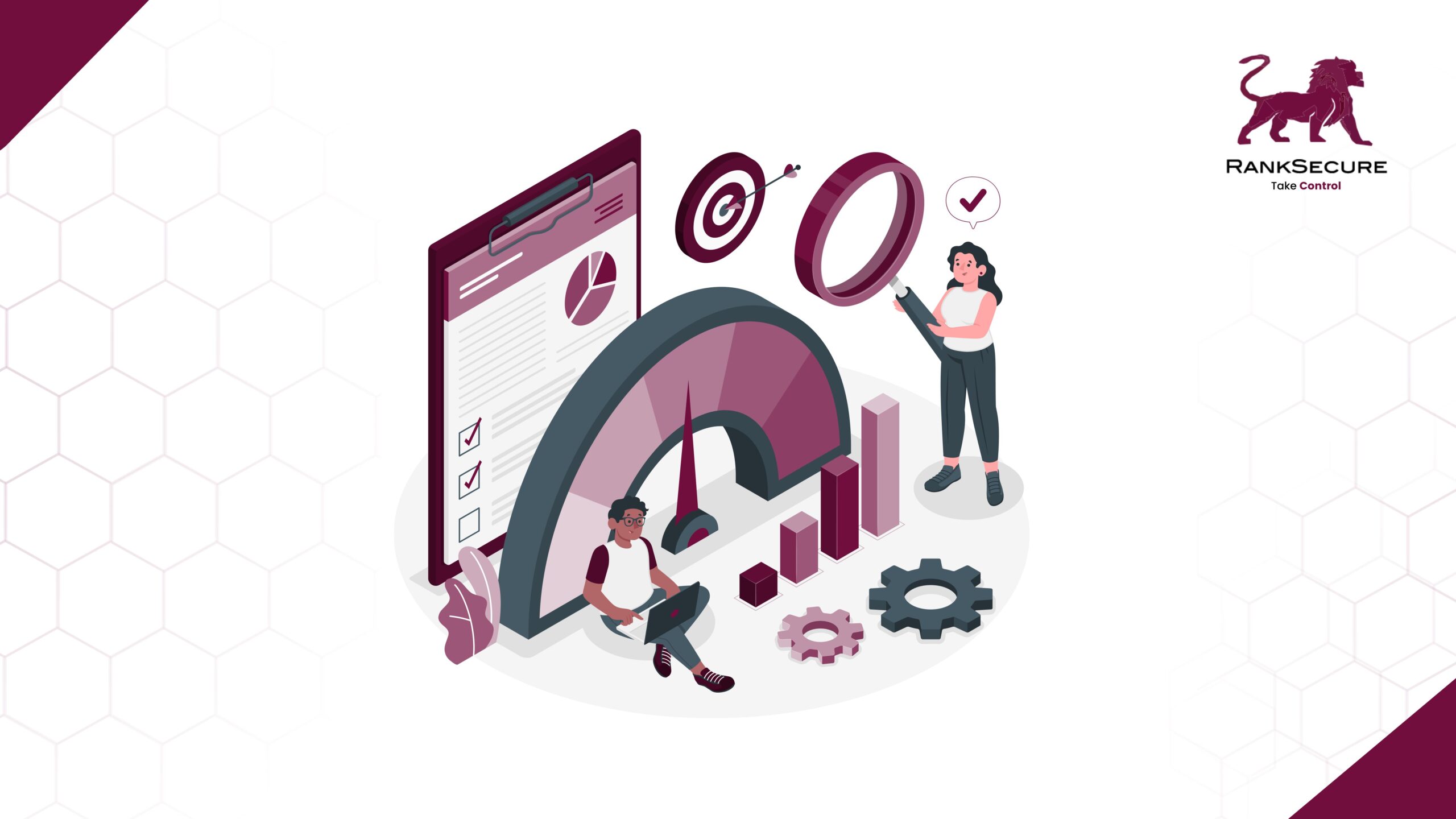
The Role Played by Open-Source Intelligence (OSINT) in Pentest Methodology
In an ever-evolving threat landscape, organisations must stay one step ahead of potential cybersecurity risks. One valuable resource that can greatly enhance the effectiveness of penetration testing (pentest) methodology is open-source intelligence (OSINT). OSINT involves gathering and analysing publicly available information from various sources. In this article, we will explore the critical role of OSINT in pentest methodology and how you, as a decision maker, such as an IT manager, CFO, CISO, or other key stakeholders, can leverage it to strengthen your organisation’s security posture.
Understanding Open-Source Intelligence (OSINT)
To grasp the significance of OSINT, it’s important to understand its definition and scope. OSINT encompasses the collection and analysis of publicly available information from sources like social media platforms, public databases, online forums, and more. This wealth of information can provide you with valuable insights into your organisation’s digital footprint, potential vulnerabilities, and attack vectors.
OSINT plays a crucial role in performing target profiling, which means gathering information about your target organisation. It enables you to gain insights into employee details, technology stacks, and online presence. This information is invaluable in identifying potential weak points and developing more accurate and effective pentest strategies.
What Are The Benefits of Incorporating OSINT into Pentest Methodology In Your Organisation’s Pentesting Approach?
By integrating OSINT techniques and information gathering into the initial phases of a pentest, you can gain a comprehensive understanding of your organisation’s security landscape, identify potential weak points, and craft targeted pentest scenarios. Leveraging OSINT enables your organisation to proactively address vulnerabilities before malicious actors can exploit them.
How OSINT Helps in Identifying Weak Points and Attack Surfaces
By employing OSINT techniques, you can uncover valuable information about exposed services, misconfigurations, outdated software, or weak security practices. This knowledge empowers you to identify potential entry points and attack surfaces that can be exploited during a pentest. With this understanding, you can prioritize and allocate resources to address these vulnerabilities effectively.
OSINT and Social Engineering Attacks
Social engineering attacks continue to be a prominent threat to organisations. OSINT can assist you in understanding individuals, their relationships, and their online behavior. By leveraging OSINT, pentesters can gather personal information that can be exploited for phishing attacks or pretexting. Understanding these risks allows you to implement targeted security measures and raise awareness among employees.
The Aspect Of Considerations and Compliance in OSINT-based Pentest Methodology
While OSINT offers valuable insights, you must consider ethical considerations and legal implications. Privacy regulations and data protection laws must be respected during the collection and use of OSINT information. It is vital to collaborate with legal and compliance teams to ensure compliance and adhere to ethical standards throughout the pentesting process.
Successful integration of OSINT into pentest methodology requires strong collaboration between pentesters and decision makers like yourself. You should actively support pentesters in gathering and utilising OSINT information effectively. By fostering open communication, your organisation can make informed decisions and implement robust security measures based on the insights gained from OSINT.
Conclusion
Open-source intelligence (OSINT) has become an indispensable asset in modern pentest methodology. As a decision maker, you have a critical role in leveraging OSINT to strengthen your organisation’s security posture. By understanding the power of OSINT, collaborating with pentesters, and ensuring compliance and ethical practices, you can harness valuable insights to proactively identify and mitigate cybersecurity risks. By integrating OSINT into your overall security strategy, your organisation can bolster its defences and stay one step ahead of evolving threats.
Recent Posts
How to Implement IT Asset Management for Maximum ROI
Organisations are not breached because their defences failed. They are breached because their visibility did. In most enterprises, the issue is not that assets are unmanaged. It is that too many are unaccounted for. Legacy systems operating outside policy. Cloud workloads deployed beyond governance. Endpoints that no
How VAPT Supports Zero Trust Security Models
If Something Can Go Wrong in Security, It Eventually Will That’s the reality Zero Trust is built for. It assumes users will click what they shouldn’t. Devices will connect from untrusted networks. Credentials will leak. And one misconfigured rule can open access far beyond what was intended.
How GRC Tools Help Finance, Healthcare & Retail Teams
No risk or compliance team ever sets out to operate in abstraction. Yet that’s exactly what happens when sector context is stripped from the systems that underpin decision-making. It’s not about whether the frameworks are there because they are. The problem is that they’re misaligned with how each







